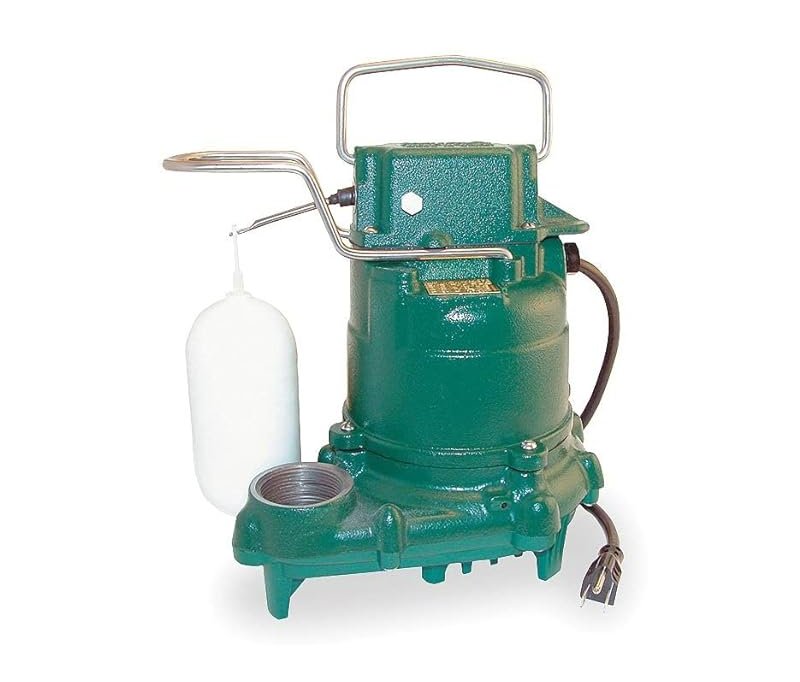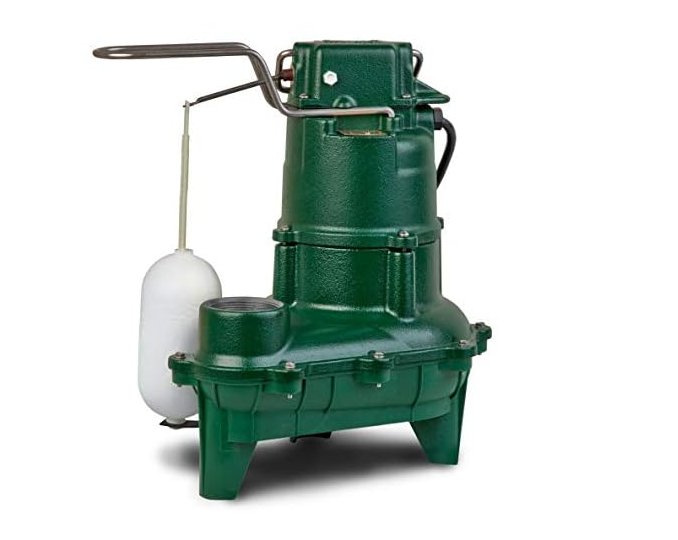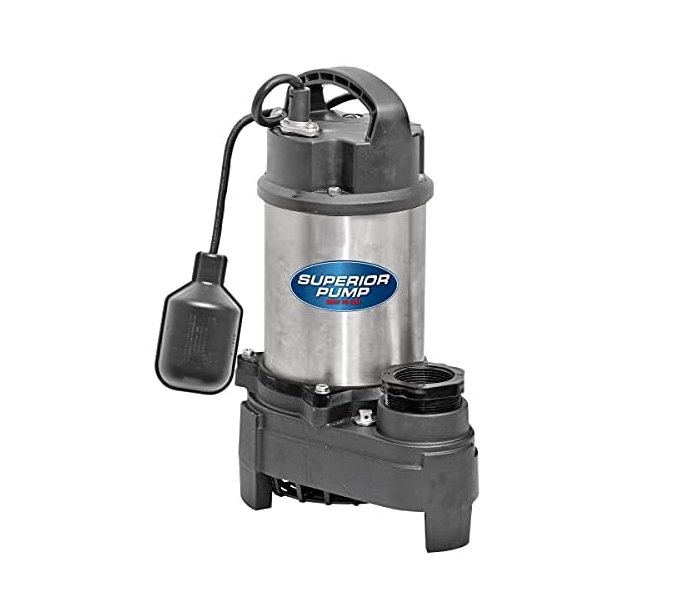Uncategorized
How To Choose A Sump Pump Or Sewage Pump
Questions? Call (225) 715-5784
“Sump Pump or Sewage Pump?”
For a complete discussion and understanding of Aerobic/Septic Systems and Lift Stations in which you utilize a sump pump or sewage pump, please watch our video,“Residential Septic Systems 101” For this discussion, we will show you how to choose the right sewage pump for your specifc lift station, we will begin by distinquishing the difference between a sump pump and a sewage pump.
A sump pump is indicated for a lift station basin that receives treated sewage directly from you residential septic/aerobic tank. It is for handling sewage without solids. The sump pump always has a 1.5″ discharge. It is normally rated for between 1/3 HP to 1 HP for residential use, depending on how far it must pump the treated sewage to an underground field bed or sewage ditch.
A sewage pump is indicated for a lift station basin that recieves raw, untreated sewage (with solids), directly from a 4″ sewage line from the house. It grinds and pumps sewage to the residential septc/aerobic tank when the elevation of the house sewage line is below the elevation of the septc/aerobic tank, and therefore, cannot flow by gravity to the tank.
The sewage pump is always has a 2″ discharge. It is normally rated from 1/4 HP to 1 HP for residential use, depending on how far it must pump the untreated sewage to the septic/aerobic treatment tank. Here is an example how differently the sump pump and the sewage pump look:
[/ux_html]
All sewage pumps and most sump pumps have the intake to the pump at the bottom as depicted above. (Beware of sump pumps that have the intake to the pump on the perimeter sides, through a metal screen. These will quickly clog up with small solids and often cause the pump to fail). And as you can see the sewage pumps have taller legs for the easier intake of sewage with solids. The threaded vertical discharge of the sump pump again is 1.5″ where the sewage pump is 2″. Whether you buy a sump pump or a sewage pump you will have the choice of activating the pumps with an Integrated Float Switch or a Cable Float Switch. Examples of these switches are seen below: The integrated float switch provides for a 6″ to 8″ range between maximum liquid level switch “On” to minimum liquid level switch “Off”. The advantage to this float switch is that there is nothing to calibrate so if you are a novice this is the float switch for you! The cable/tethered float switch. Allows for a greater range between maximum liquid level switch “On” to minimum liquid level switch “Off”. You can increase or decrease the range by shortening or lengthening the cable attachment point. The advantage to being able to increase range is that you are increasing the amount of liquid sewage pumped with each ON/OFF cycle. Which mean your pump last longer as it will not be cycling on and off as much as with the integrated float switch. The big disadvantages to the cable/tethered float switch, is that you must experiment with calibrating length. And the longer the length of the cable the more likely the float will become caught on the pump or side wall of the pump basin and failed to switch the pump. So unless you have experience, steer clear of the cable/tethered float switch! The horse power needed for for your particular system depends on the pumping distance, whether it be to your septic/aerobic treatment tank or from the tank to the filter bed or ditch. Up to 150 ft, it is recommended that you go with a 1/3 HP Sump pump or a 1/4 HP Sewage pump. From 150 ft to 300 ft a 1/2 HP sump pump and a 1/2 or 3/4 HP Sewage pump is recommended. For distances farther than 300 ft you need to leave to the experts! The most popular brand for both sump pumps and sewage pumps is “Zoeller”. However “Little Giant” and “Liberty Pumps” are good high end choices. A Good economical alterenative would be “Wayne” pumps.
SUMP PUMP

SEWAGE PUMP
“Integrated Float Switch or Cable Float Switch?”

Integrated Float Switch

Cable/Tethered Float Switch
“How Much Horse Power Do I Need?”
“Which Brand Should I Buy”
OK, LET’S GO SHOPPING!

